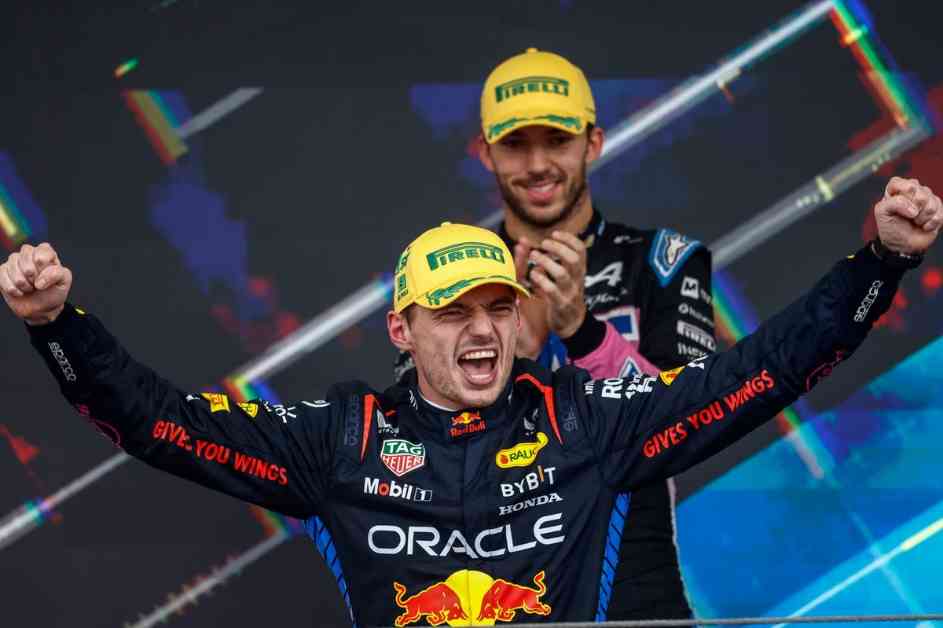Max Verstappen’s triumph at the Formula 1 Brazilian Grand Prix was not just a display of skill behind the wheel but also a testament to the crucial role played by his race engineer, Gianpiero Lambiase. The dynamic between the two has always been a subject of fascination since Verstappen’s entry into Red Bull in 2016. Lambiase’s approach, described as “subservient,” was a key factor in Verstappen’s remarkable victory charge in Brazil, where he started 17th on the grid.
In a recent interview with Autosport, Lambiase shed light on the intricacies of his communication with Verstappen during high-pressure moments on the track. He emphasized the need for adaptability, stressing that the engineer must be subservient to the driver in such intense situations. This flexibility and understanding of Verstappen’s needs were pivotal in their success at the Brazilian GP, which was awarded the Moment of the Year at the Autosport Awards.
The Brazilian Grand Prix was a turning point for Verstappen in his title fight against Lando Norris, as he managed to secure a victory that had a significant impact on the championship race. Despite starting from a challenging position after being eliminated in Q2, Verstappen’s stellar performance in wet conditions showcased his exceptional driving skills. Lambiase revealed that their strategy for the race was focused on minimizing Norris’s points gain, considering the McLaren driver’s pole position.
As Verstappen made rapid progress through the pack, Lambiase observed that the gap to the leaders was not insurmountable. With Verstappen’s pace and skill, the team remained optimistic about their chances. A crucial moment in the race came when Verstappen stayed out on track while the leaders pitted, giving him the advantage of track position. This strategic move, combined with clear communication and feedback from Verstappen, ultimately led to their victory.
Lambiase highlighted the importance of staying composed and making the right calls during unpredictable track conditions. By closely monitoring tire performance and track conditions, the team was able to avoid making critical errors or poor pitstop decisions. Despite the intense nature of the race, Lambiase’s calm and calculated approach ensured that they followed their processes effectively and emerged victorious.
The partnership between Verstappen and Lambiase exemplifies the synergy and teamwork required for success in Formula 1. Their ability to adapt to changing circumstances, make split-second decisions, and maintain clear communication under pressure was instrumental in their Brazilian Grand Prix triumph. As the championship battle intensifies, the bond between driver and engineer continues to be a crucial element in Red Bull’s quest for victory.
By Haydn Cobb












